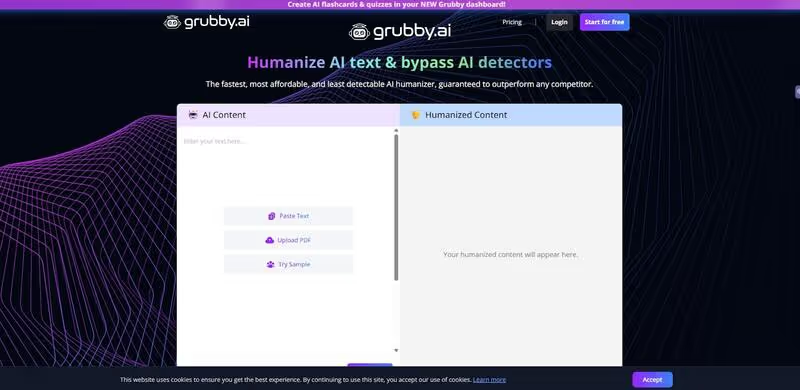
The Grubby AI Humanizer promises to transform AI-written text into something that reads naturally, and in a way that’s convincing enough to dodge even the sharpest detectors.
It’s a bold claim. The question is whether it’s actually a genuine game-changing tool.
To find out, we put it to the test against three of the most popular AI detection tools and measured whether it could really fly under the radar.
Grubby AI Humanizer is pitched as a quick fix for anyone wanting their AI-written content to read as if a human wrote it. The idea is simple: drop in your text or upload a file, and the tool will swiftly ‘rewrite’ it into a version that’s supposedly harder for AI detectors to spot.
The Grubby AI team claims the results can pass as genuine human writing, even under the scrutiny of leading detection tools.
We decided to put that claim to the test.
With AI-written content becoming more common, detection tools have also stepped up to spot it, leading to a significant amount of demand for “AI humanizers”.
These platforms are often designed to disguise machine-generated text with the aim of getting past AI detection systems.
Grubby AI Humanizer positions itself as one of these solutions, claiming it can make an AI output read as if it came from a real person. We decided to find out whether it could truly fool the top detection tools.
Grubby has its very own free subscription option, available on a monthly or annual basis (as well as paid upgrades).

The Grubby AI Humanizer tool has four different subscription types: Free, Essential, Pro, and Unlimited.
However, you can only do 300 words maximum per input (on the free version).
The next cheapest plan (Essential) also has very strict limitations, and despite a monthly cost, it caps inputs at 500 words per go.
To find out if the Grubby AI Humanizer could really hide AI-written content, we put it up against three of the most widely used detection tools: Originality.ai, Writer, and ZeroGPT.
Step 1: First, we had ChatGPT produce a short piece on content marketing, giving us a 100% AI-generated sample.
Step 2: We then ran this unedited text through each of the three detectors to get our baseline scores.
Step 3: Next, we passed the exact same passage through Grubby AI Humanizer, allowing it to ‘humanize’ the text.
Step 4: Once the humanized rewrite is complete, we run the new version through the same three detectors to see if it could slip through unnoticed.
Original content (AI-generated): 100% Confidence that the text is Likely AI

Grubby AI Humanizer Version: 98% Confidence that the text is Likely AI

Original content (AI-generated): 85% Human-generated (15% AI-generated)
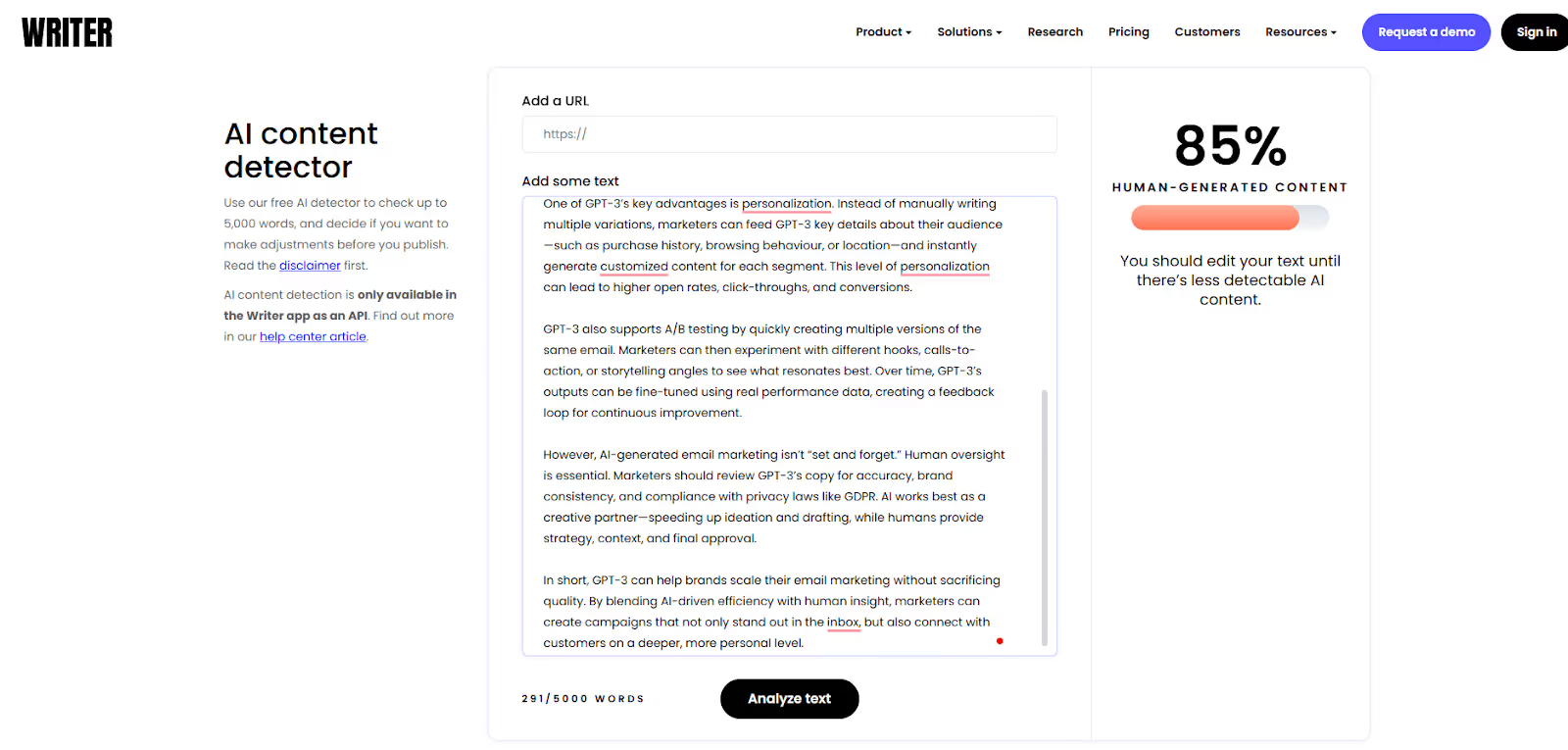
Grubby AI Humanizer Version: 100% Human-generated
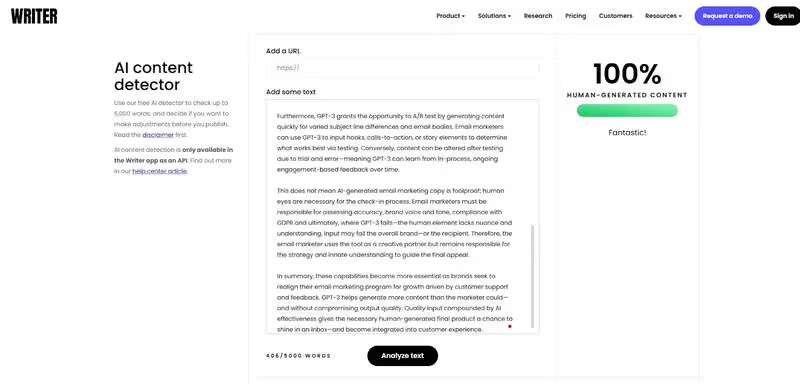
Original content (AI-generated): 100% AI-generated

Grubby AI Humanizer Version: 9.4% AI-Generated
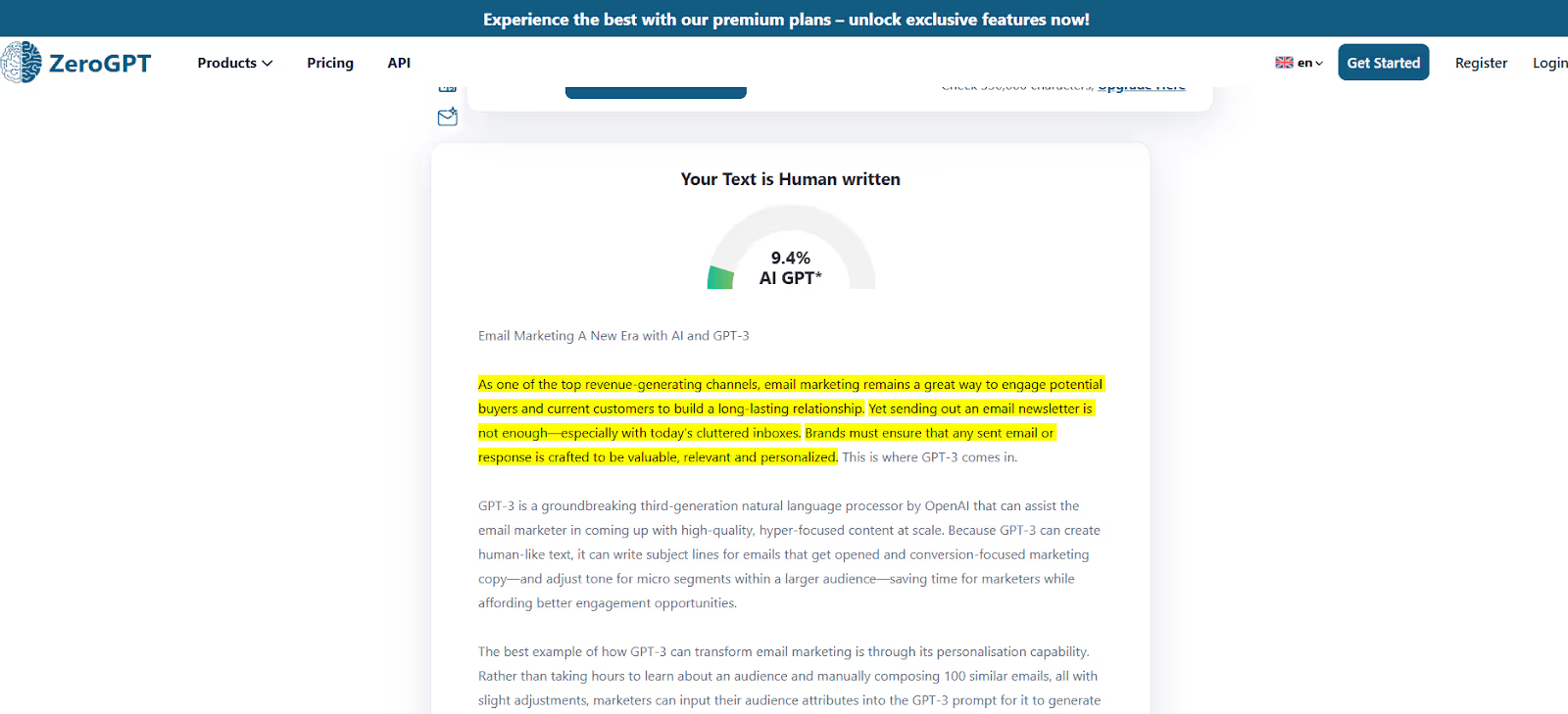
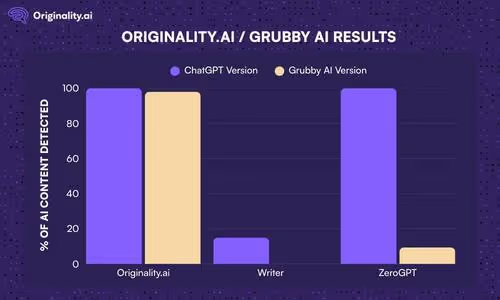
The results speak for themselves. Originality.ai remained rock-solid, detecting AI in both the original ChatGPT text and Grubby AI rewrite with near-identical accuracy.
Writer marked both as mostly human-written, while GPTZero flagged nearly all the raw ChatGPT output as AI-generated but failed to catch the Grubby output.
However, humanizing the text came at a cost; the Grubby AI rewrite noticeably reduced the quality, flow and clarity of the text.
The takeaway? AI humanizers like Grubby AI are still detectable with the best-in-class Originality.ai AI Checker.
Read more AI humanizer reviews:
Grubby AI Humanizer is a tool designed to rewrite AI-generated text so it appears more “human-like” with the aim of being less detectable by AI content detectors.
In our tests, Grubby AI was still detectable as AI-generated by Originality.ai, which still flagged the content as Likely AI with high confidence.
No. While it may lower detection scores on some tools, others, especially advanced detectors like Originality.ai, can still identify AI-authored text after humanization.
Pricing varies depending on the plan, but most humanizer tools, including Grubby AI, offer tiered subscriptions based on usage limits.
